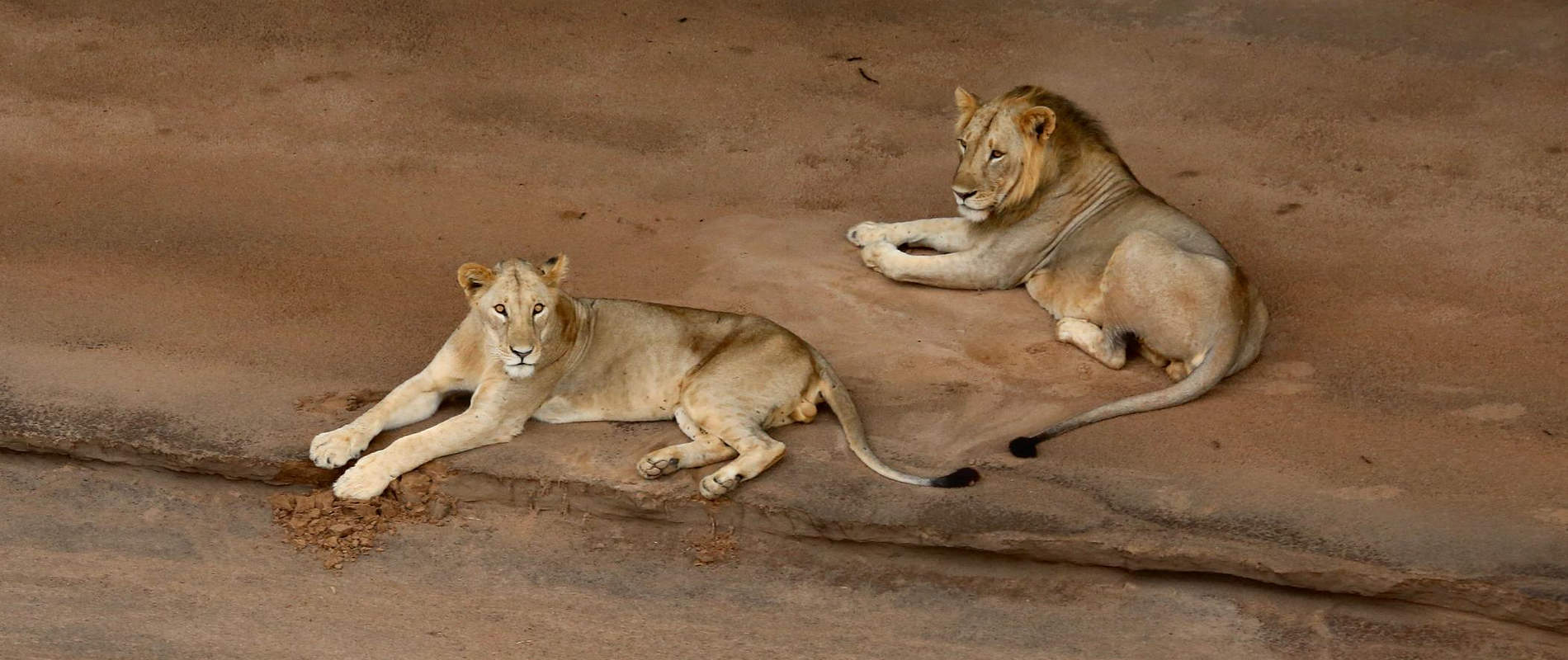The rains broke over Tsavo in March and we have been blessed with rains that we have not experienced for decades; cyclones off the coast of Madagascar pulled precipitation away from the Congo Rainforest to East Africa, covering most of the country with sustained, unseasonal rain.
Animals have migrated in large numbers to new parts of the Park, giving vegetation in the hardest hit areas such as southern Tsavo East, and along the rivers and watercourses, a welcome reprieve to regenerate, and with such abundant rain the greening and rebirth has been remarkable; Tsavo has never looked more beautiful.

A combination of consistent effort by KWS and the availability of grass outside the Park have also resulted in a significant reduction in livestock in the Parks. Tsavo West and the Chyulu Hills, especially, have seen a dramatic decrease in numbers.
A significant finding in March was the presence of over 50 acres of marijuana being cultivated in the Chyulu Hills National Park. Several flights by both fixed wing and helicopter were undertaken to map out the extent of farms, which were mostly in small patches against thick forest along the edges of areas that had been cleared by burning. An operation headed by KWS with support from DSWT, Big Life Foundation and Tsavo Trust rangers was launched to uproot and burn the illegal plantations and is still underway.

The helicopter was also involved in two human-wildlife conflict cases in the Chyulus, attempting to push problem elephants back into the Park. Unfortunately, the elephants could not be persuaded to cross through a gap in the fence and back into the Park, however, the helicopter did succeed in pushing them further away from the farms, and eventually they moved away and back into the Park on their own that night.
The Aerial Unit was involved in the treatment of a large, well known bull elephant in Amboseli named Ulysses. The first time this bull was treated was when Dr. Poghon was transferred by a DSWT fixed wing to Amboseli to treat a spear wound on his rear leg and the second time the helicopter aided in darting the bull to retreat the same wound. Improvement was seen, and Ulysses is expected to recover, however, due to the proximity of the wound to the joint, his prognosis remains guarded.
Highlights of the month were the long-awaited heavy rains and one particularly stunning lion sighting on the Galana River. The rains also settled dust and gave us several days with spectacular views of Kilimanjaro in the mornings.
